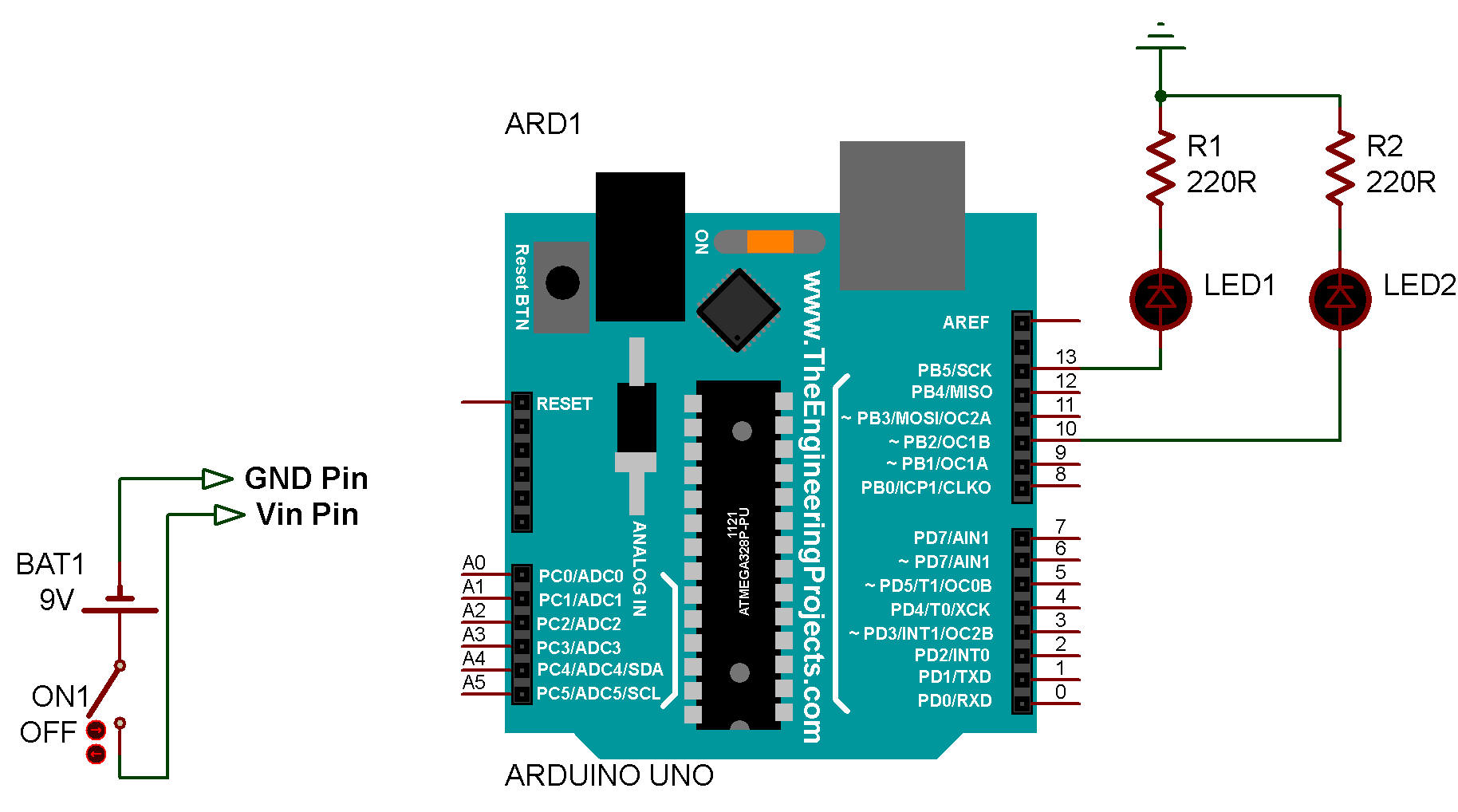
The pulseIn function waits for the pulse to start (or for a timeout if there is no pulse). PulseIn(pin, LOW) //returns microseconds that pulse is LOW PulseIn can measure how long a pulse is either HIGH or LOW: pulseIn(pin, HIGH) //return microseconds that pulse is HIGH This sketch prints the time that the voltage on a digital pin is held LOW by a button press. The pulseIn function returns the duration in microseconds for a changing signal on a digital pin. We want to determine the duration of a pulse with microsecond accuracy for example, to measure the exact time between two button presses.

#Arduino millis code
You can put code in the myDelay function for an action that you want to happen repeatedly while the function waits for the specified time to elapse. We can customize the functionality for your application, but in this example, an LED is flashed five times per second even while the print statement in the loop is delayed for four-second intervals: This number will overflow (go back to zero) in approximately 50days.īy storing the start time for an event, you can determine the duration of the event by subtracting the start time from the current time, as shown here: Long duration = millis() – startTime The millis function returns the number of milliseconds since the current sketch started running. We want to know how much time has elapsed since an event happened for example, how long a switch has been held down.Īrduino has a function named millis (short for milliseconds) that is used in the following sketch to print how long a button was pressed. delayMicroseconds will pause from one microsecond to around 16 milliseconds, but for delays longer than a few thousand microseconds you should use delay instead: delayMicroseconds(10) //delay for a 10 microsecondsĭelay and delayMicroseconds will delay for at least the amount of time given as the parameter, but they could delay a little longer if interrupts occur within the delay time. There are 1,000 microseconds in one millisecond, and 1 million microseconds in one second. You can use delayMicroseconds to delay short periods. The delay function pauses the execution of your sketch for the duration of the delay. The delay function has a range from one one-thousandth of a second to around 25 days (just less than 50 days if using an unsigned long variable type). The sketch that shows how we can use the delay to get almost any interval. delay pauses a sketch for the number of milliseconds specified as a parameter (there are 1,000 milliseconds in one second). The Arduino delay function is used in many sketches, as we have seen.

This may be some number of milliseconds or time given in seconds, minutes, hours, or days. In such a case, you can use the millis() command to set each task to occur when the counter reaches a certain difference (such as blinking every 500ms and printing out every 1500ms).We want our sketch to pause for some period of time. If, however, your task involves more “moving parts” (such as blinking the LED and periodically printing out a counter), you’ll need millis() to do that. After all, the unit doesn’t need to accomplish anything else in the time that the LED is on or off. In practical terms, while the delay() function interrupts the other processes – essentially putting everything on hold – the millis() command can establish timing without interrupting other functions, enabling a sort of “multitasking” effect.įor a very simple sketch, like making an LED blink without other functionality, the delay() command may be sufficient. The millis() command, on the other hand, bases its timing on changes in a timer that starts at 0 and continues to advance, unrelated to other activities, then pauses and begins again.

Simply put, the primary difference is that the delay() command regulates the timing of an activity (such as blinking an LED) by temporarily suspending nearly all of the Arduino’s functions for a specified amount of time. The differences, however, are what make the millis() command really shine. You can use both delay() and millis() commands to regulate the timing of operations.
#Arduino millis how to
Here, we’ll clarify the difference and examine how to start using the Arduino millis() command effectively. Despite sharing some superficial commonalities, these two commands are quite different and useful for different kinds of applications.


 0 kommentar(er)
0 kommentar(er)
